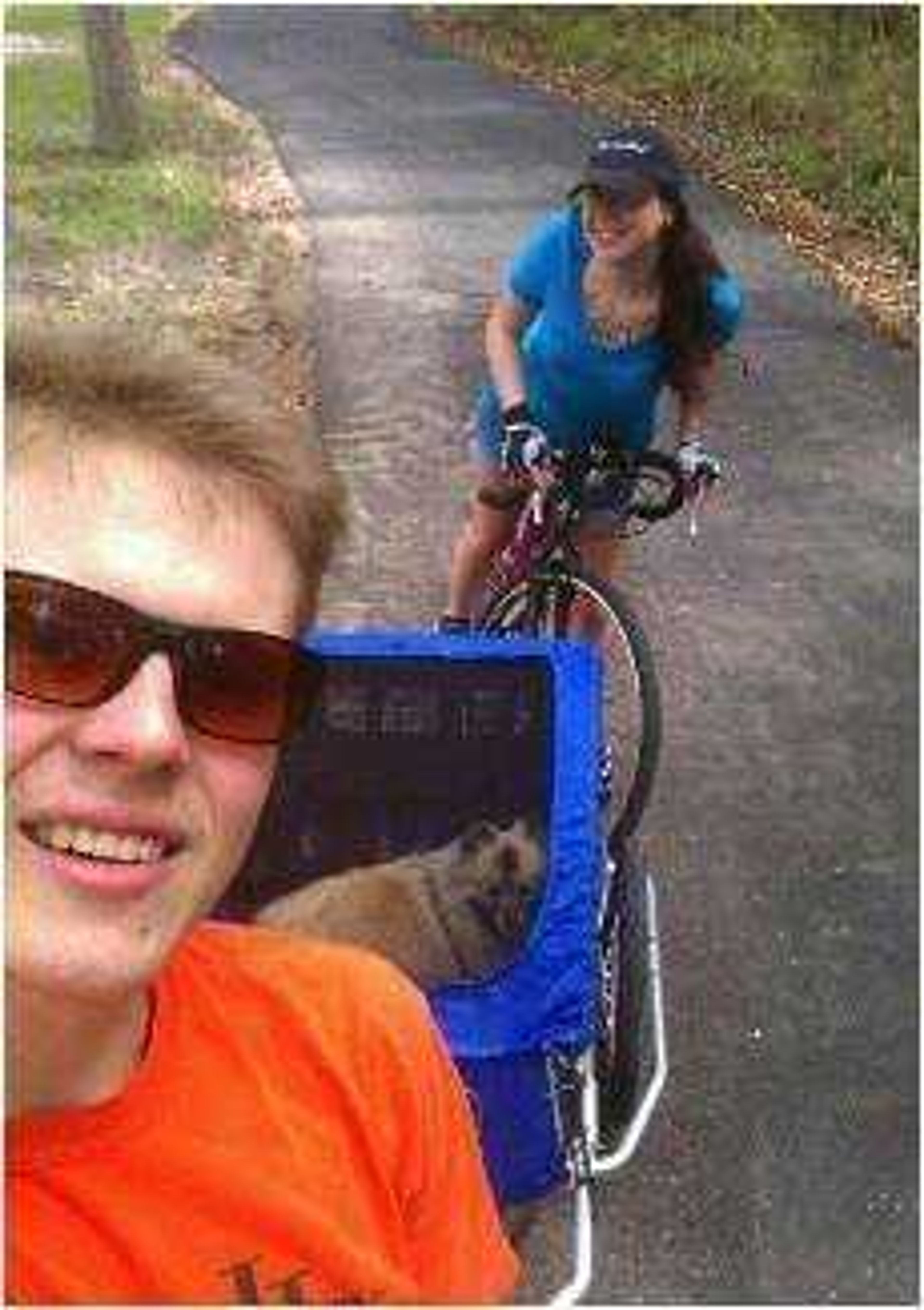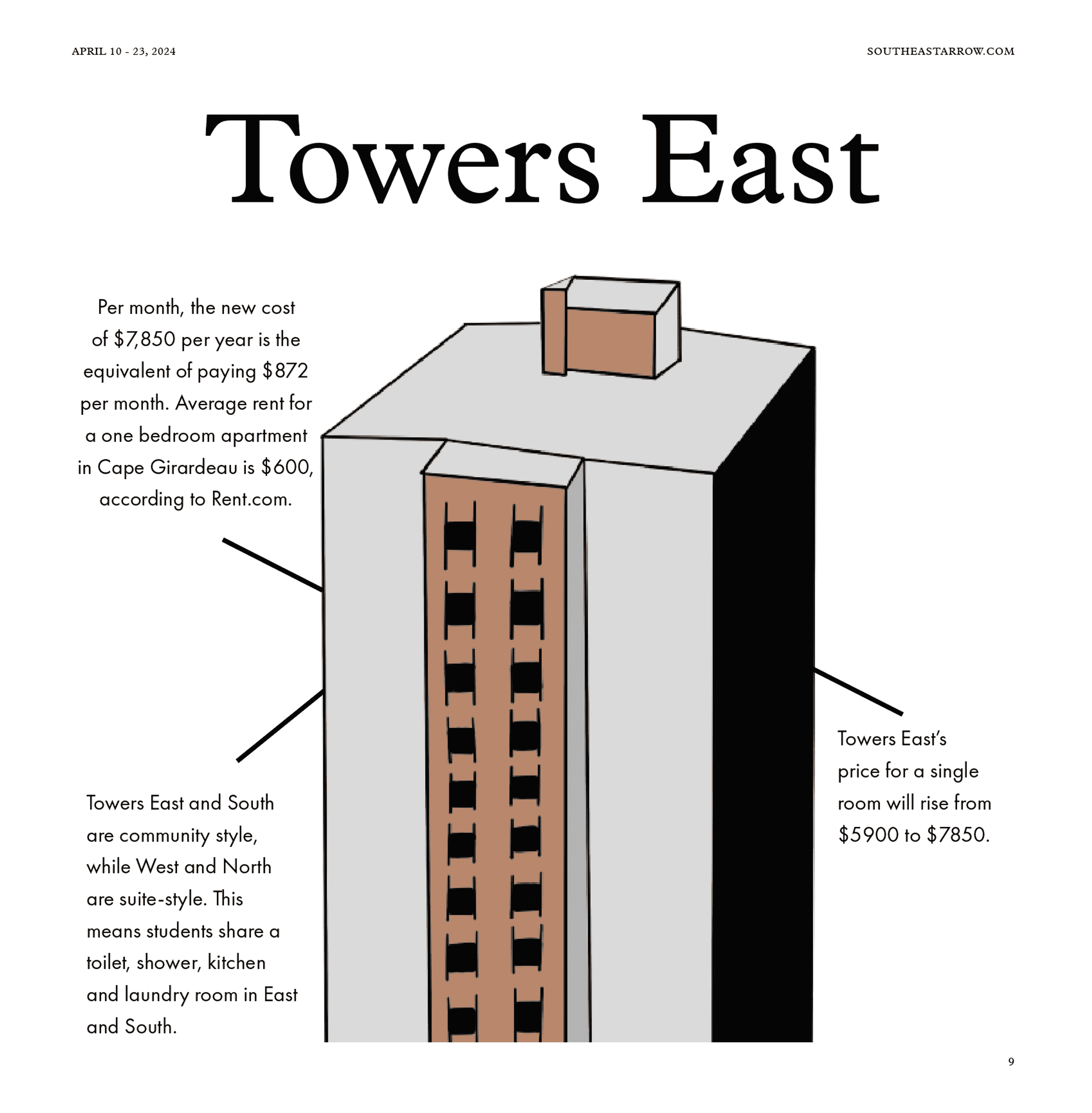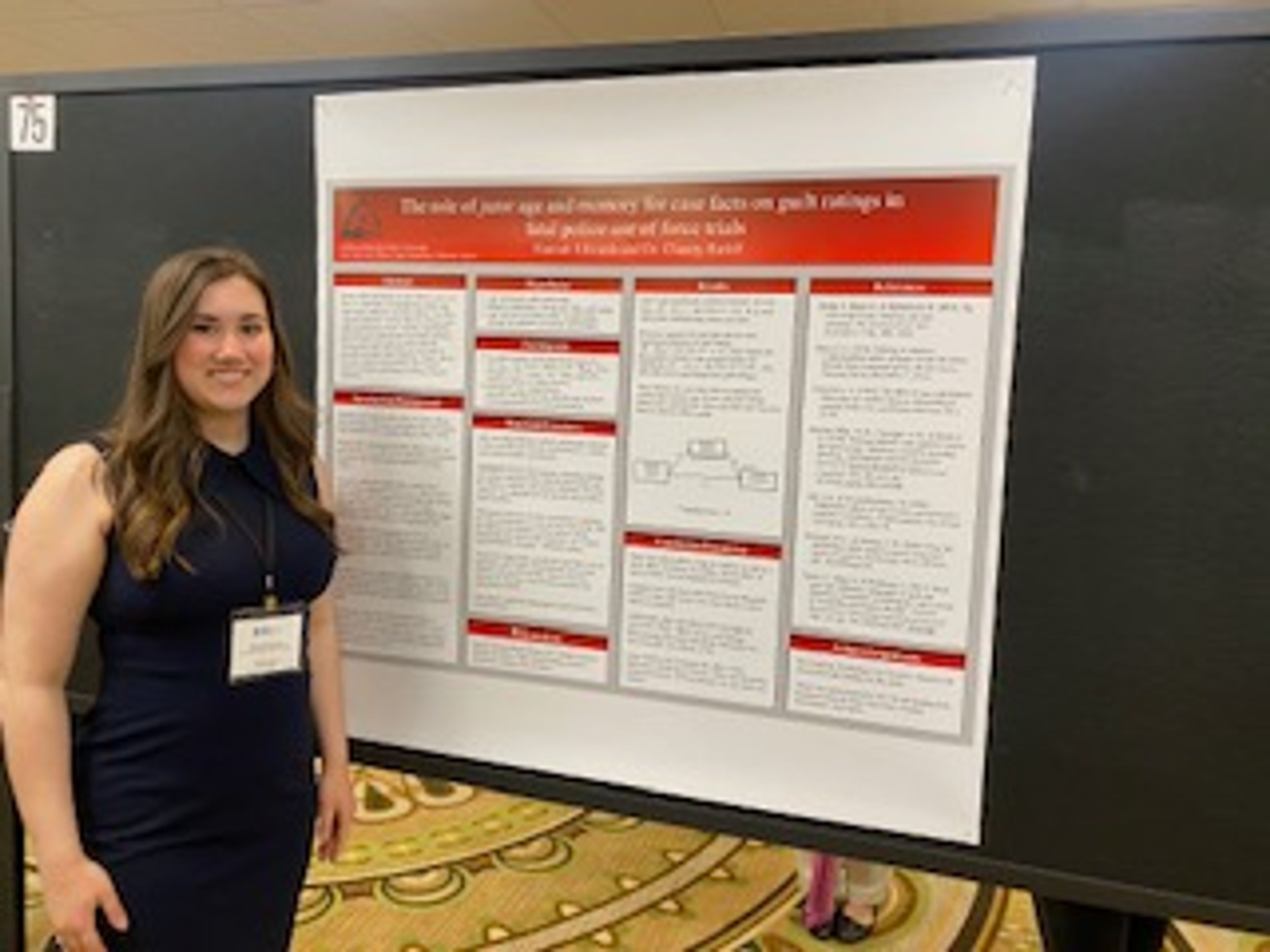Ashley Roney, an environmental science major at Southeast Missouri State University, sold her car in May 2012, but she wasn't planning on upgrading or buying a new one. She wasn't temporarily insane or desperate for cash. She had decided for her health and to save money that her bicycle would become her main mode of transfer.
It all began in May 2011 when Roney started a new hobby by buying herself a Giant Boulder mountain bike and opted to ride her bike around the Cape Girardeau area instead of using her car. Roney and her boyfriend rode to work, to school and just for fun. She bought a road bike to commute more easily in February of last year and by May she had become an avid biker.
Roney is certainly not alone in this transportational movement. Many people are riding through the streets of Cape Girardeau on two wheels.
Eric Gooden, owner of Cape Bicycle and Fitness, said his business sold hundreds of bikes last spring and summer, which was the best pop of sales he had seen in years.
"Biking seems to be quite popular here," Roney said. "The bike trail can become pretty congested on a nice day."
Roney said when she rides her bike on busy streets, it can be dangerous.
"Bike lanes are needed more as a reminder to motorists that we're out there and we're vulnerable," Roney said. "I've had my share of close calls. [My boyfriend], too. [He] actually wrecked his bike trying to avoid the car running a stop sign. They just drove off without checking to see if he was OK."
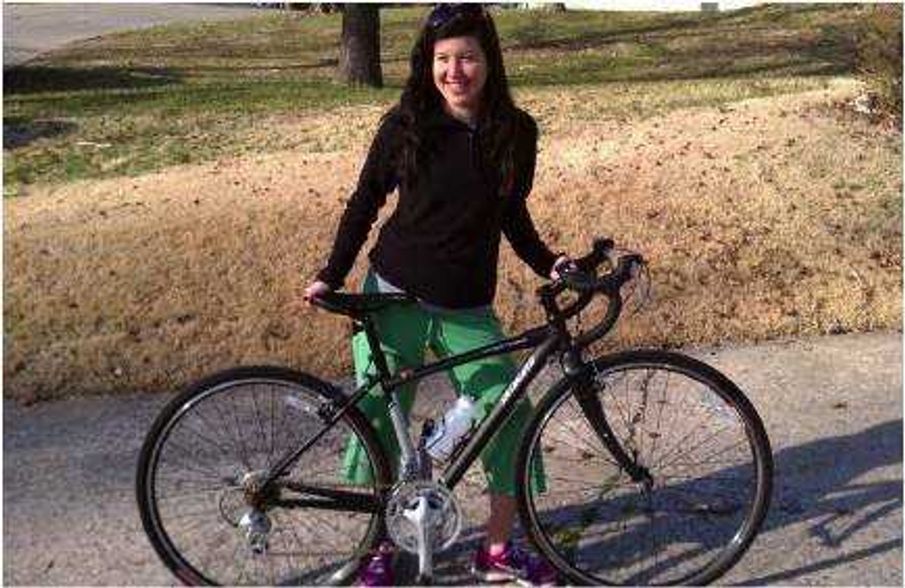
The city of Cape Girardeau took notice of the growing need to accommodate commuting bikers in May 2011. That's when it instituted a program funded by a grant from the Missouri Foundation for Health called "Ride the City," which entailed adding 16 miles of bicycle lanes to streets across Cape Girardeau, including Lexington Avenue and sections of Sprigg Street.
Most recently the Missouri Department of Transportation, in conjunction with the city of Cape Girardeau, has started a $1 million project to install bicycle lanes along Route 74 and add a bicycle and pedestrian trail to William Street connecting the Cape Lacroix Recreation Path by a prefabricated bridge. The new pathway will lead up William Street until it turns into Route K and will stop at Siemers Drive near Walmart.
"Anytime we can take traffic off major streets like that and separate cyclists from traffic," Gooden said. "It is a great idea."
MoDot project manager Tim Richmond said the department has done a lot of pedestrian projects in Missouri lately, though they vary from community to community. He said that MoDOT wanted to complement Cape Girardeau's existing biking and pedestrian trails by connecting them to the proposed pathway plans. The project is funded by statewide transportation funds and is expected to be complete by June.
Casey Brunke, Cape Girardeau city engineer, said that through this project, new adaptive pedestrian signals with crosswalks will also be installed at the Broadview Street, Silver Springs Road and St. Francis Drive intersections on William Street and at several intersections on Highway 74. She said these new lights will be reactive to traffic flow by recognizing pedestrian and biking traffic and adjusting time accordingly.

Brunke said bikers and pedestrians can use the path on William Street to safely get to locations such as Best Buy or West Park Mall without having to enter into heavy traffic.
"We have seen a lot more bicyclists in the city and before this project we did not have a way for them to get to the business district side of town," Brunke said. "Now they have a way to get to a Lowe's or a Walmart safely."
Mayor Harry Rediger said biking has become popular in Cape Girardeau over the years for a number of reasons.
"It's a quality of life issue. Citizens ride bikes for pleasure, exercise and transportation," Rediger said. "We needed to establish bike routes. Through meetings and plans we were able to establish bike lanes on major roads in the city. [Since 2011], we have received positive feedback from citizens about the bike lanes."
Ronald Rosati, Southeast's provost, has been biking his whole life, but has been commuting and participating in long-distance biking for about six years. He participates in bicycle races like the Tour De Corn, during which bicyclists ride 15 to 100 miles through farmland in East Prairie, Mo. He can often be seen commuting to the Southeast campus from his home on Henderson Street.
"I have definitely seen an increase in bikers and runners," Rosati said. "When I go for a ride on Sunday with my wife, sometimes up to 15 to 20 riders will gather together. It's a great social activity."
Rosati said bicycling has become popular because it is an inexpensive way to commute.
"When riding a bike, it's not just exercise," Rosati said. "It's a great way to commute. It's inexpensive. I bought my commuter bike for $20 at a garage sale and spent $60 to fix it up. That's basically a couple tanks of gas."
Rosati loves to ride the countryside with his friends, but he also rides in the city and thinks that more bicycle and pedestrian lanes are needed for the area.
"Motorists are seeing more and more bike riders and runners on the streets," Rosati said. "People are starting to pay attention. I'm glad to see [bike lanes and paths] being added to the area. Trails are great because it gets cyclists off the road."
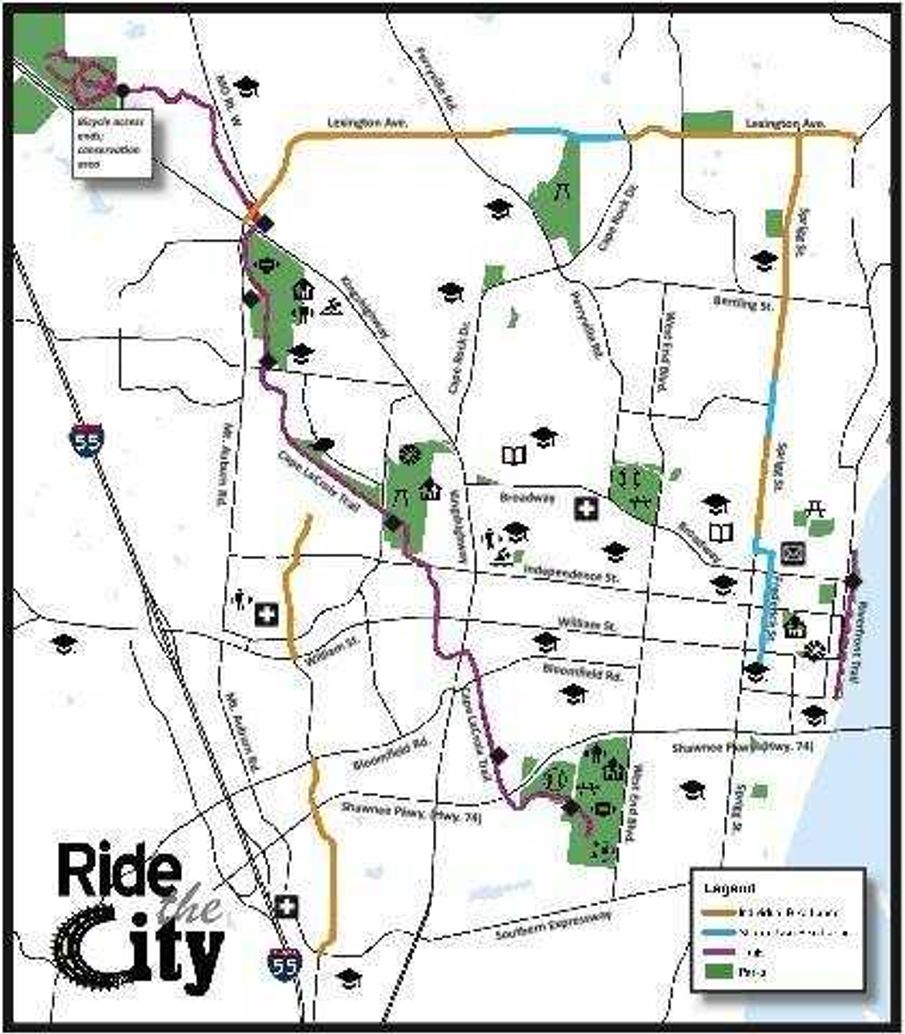
Other citizens have experienced the dangers of riding the streets without lanes and signals. Bike enthusiast Jose Hernandez Jr. said that one day when he was riding his bicycle by the university on Normal Street a car sideswiped him.
"When the car hit me I jumped and rolled to the ground," Hernandez said, "My shoes flew off. Luckily, my bike got it worse than I did. I used to live in Fayetteville, Ark., and they had bike paths. There were rarely any accidents like this happening."
Hernandez said he will use the bike lanes and pathways when he can to avoid future close calls with motorists.
Roney said that she is excited about the bicycle lanes and the extension of the Lacroix Recreational Trail. She and many other riders are also waiting out the cold of winter so they can dust off their bicycles, unfold their biking shorts, snap on their helmets and ride again.
"I love my bike and the freedom it gives me," Roney said. "I need it to be spring!"
